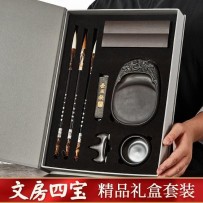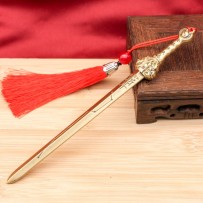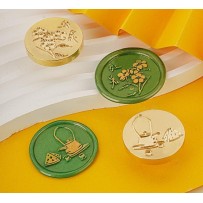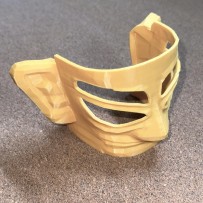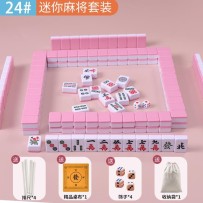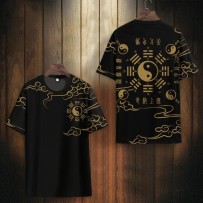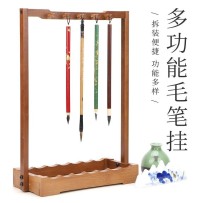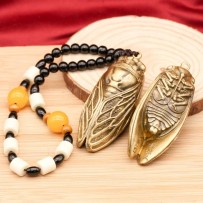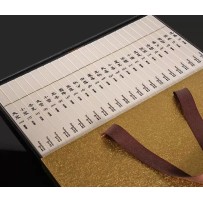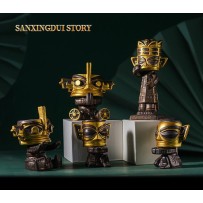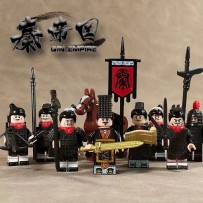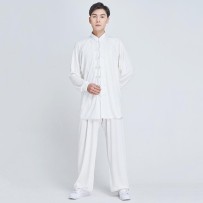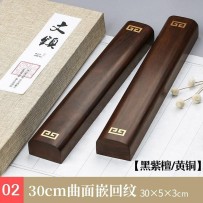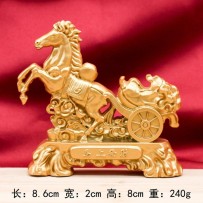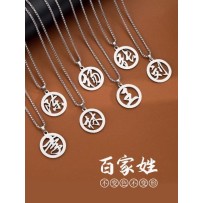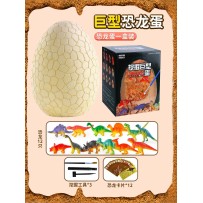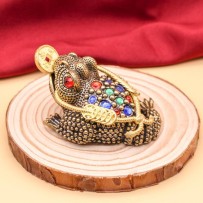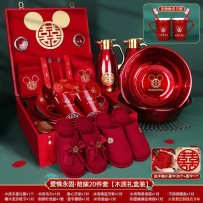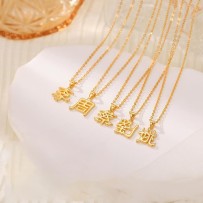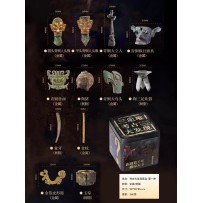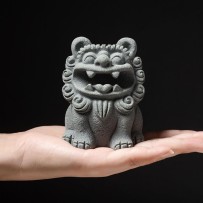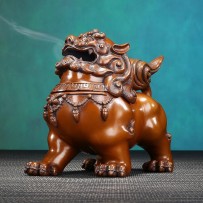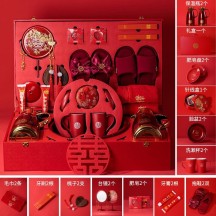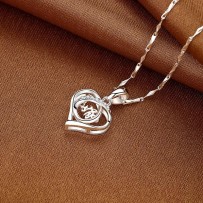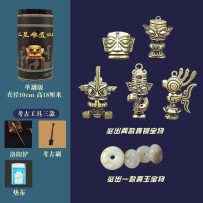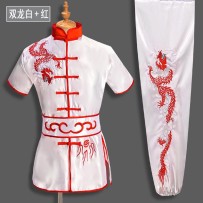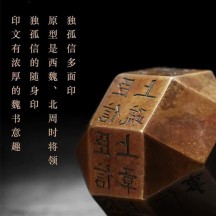The Four Treasures of the Study—paper, brush, ink, and inkstone—are traditional Chinese tools for writing and painting. They have made remarkable contributions to the promotion of Chinese culture and the advancement of global civilization. Even today, they continue to play an important role.
Subcategories
Active filters
- Availability: In stock
Since ancient times, Taoists have used the "QiXing Sword" as a magical instrument for rituals, and even as a treasure to guard their sects. At that time, Buddhism and Taoism were both powerful, and both advocated the rise of martial arts. Therefore, Buddhism and Taoism greatly promoted the vigorous development of Chinese martial arts.
Sanxingdui culture can be traced back to the Xia and Shang dynasties, about 3,000 to 5,000 years ago.
The unearthed masks, especially the "bulging-eyed bronze statue" (also known as the "bronze man mask") with abnormally protruding eyeballs, show the uniqueness and mystery of the ancient Shu civilization
Based on the appearance of the Sanxingdui bronze man mask, this 3D printed model basically reproduces the details and unique shape of the original mask.
It cannot be guaranteed to be completely consistent with the unearthed original, so it is only used as a display of space ornaments such as office desks, entertainment and leisure, and national style displays.
Mahjong, as an ancient Chinese form of entertainment, carries rich cultural meaning in both its tile designs and gameplay. Its rules and strategies reflect traditional Chinese concepts such as "heavenly timing, geographical advantage, and human harmony," as well as deeper reflections on interpersonal relationships and life philosophy.
A brush hanger is a tool used to suspend brushes from a rack, while a brush rest—also known as a "brush mountain" or "brush holder"—is primarily used to rest brushes when not in use. These rests come in a variety of materials and are often shaped like mountains.
The ancients believed that the cicada was far away from the ground, lonely and proud, not eating worldly food, only drinking dew, and was a symbol of nobility.
Sanxingdui civilization is so brilliant and unique that its interpretation cannot be limited to the material culture level. Sanxingdui's vast ancient city, splendid bronze products, magnificent art and the grand ritual regulations it carries contain the key for future generations to "decode"; gold products, jade, seashells, and ivory are all material manifestations of the ancient Shu civilization system and spirit. Through the analysis of the unearthed cultural relics in Sanxingdui, we can deeply reveal the institutional and civilization characteristics of the ancient Shu Kingdom in Sanxingdui.
A Tai Chi uniform is more than just ordinary clothing — it is an essential piece of gear and a symbolic element for practicing Tai Chi. It helps practitioners get into the right mindset and better embody the cultural essence of Tai Chi.
A paperweight is a tool used to hold down books, documents, letters, and other items to prevent them from being blown away by the wind. It serves both practical and decorative purposes and can also be appreciated as a collectible item. Reflecting the owner's interests and taste, it adds a unique touch to any writing desk.
The fortune ornament is a kind of ornament that combines traditional culture with the symbol of wealth. It contains rich meanings and represents the arrival of wealth and good luck.
The original source of ancient Chinese surnames is the primitive religious worship, totem worship and ancestor worship based on "the way of heaven". Primitive totem worship is the root of ancient Chinese surnames. A large number of ancient documents support this view. Chinese surnames first had surnames and then clan names. The emergence of surnames is a sign that primitive humans gradually got rid of the state of ignorance. Surnames and clan names are two stages of human civilization progress.
The "bi tian" (brush licker) is one of the traditional scholar’s tools in ancient China, also known as a brush inkstone. Its main function is to test the ink concentration on the brush tip or to smooth the brush bristles, making it more convenient for calligraphy and painting.
The golden toad is one of the legendary auspicious animals that attract wealth. Now many businesses, entrepreneurs, financial practitioners, and even families are happy to place it. It not only has a beautiful effect, but also has the effect of increasing fortune.
The original source of ancient Chinese surnames is the primitive religious worship, totem worship and ancestor worship based on "the way of heaven". Primitive totem worship is the root of ancient Chinese surnames. A large number of ancient documents support this view. Chinese surnames first had surnames and then clan names. The emergence of surnames is a sign that primitive humans gradually got rid of the state of ignorance. Surnames and clan names are two stages of human civilization progress.
The discovery of Sanxingdui shattered the traditional belief that ancient Chinese civilization originated solely in the Central Plains. It revealed a unique civilization nurtured in the Yangtze River Basin and demonstrated the diverse yet unified structure of Chinese civilization.
A paperweight is a tool used to hold down books, documents, letters, and other items to prevent them from being blown away by the wind. It serves both practical and decorative purposes and can also be appreciated as a collectible item. Reflecting the owner's interests and taste, it adds a unique touch to any writing desk.
Spiritual beasts, also known as auspicious beasts or lucky beasts, refer to animals that symbolize good luck. They can be real in reality or mythical and fictional. The ancients believed that the appearance of spiritual beasts would be accompanied by auspicious events such as the birth of saints.
Design inspiration: I have you in my heart and I will never leave you. Two hearts intertwined, moving into each other's new house
The Sanxingdui ancient site dates back 3,000 to 5,000 years and is the largest, longest-lasting, and most culturally rich ancient city site discovered in Southwest China to date. It is hailed as one of the greatest archaeological discoveries of the 20th century.
A paperweight is a tool used to hold down books, documents, letters, and other items to prevent them from being blown away by the wind. It serves both practical and decorative purposes and can also be appreciated as a collectible item. Reflecting the owner's interests and taste, it adds a unique touch to any writing desk.










